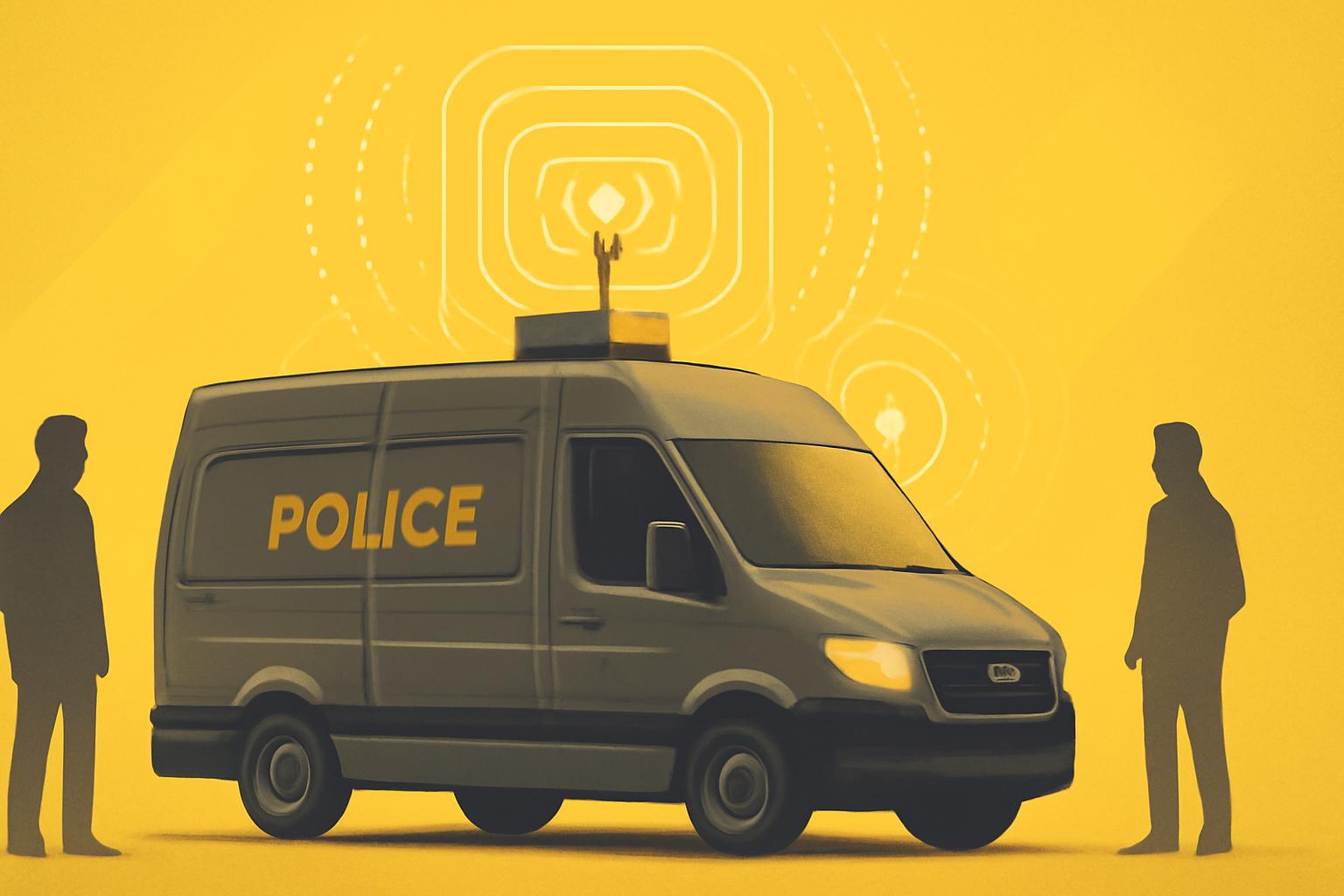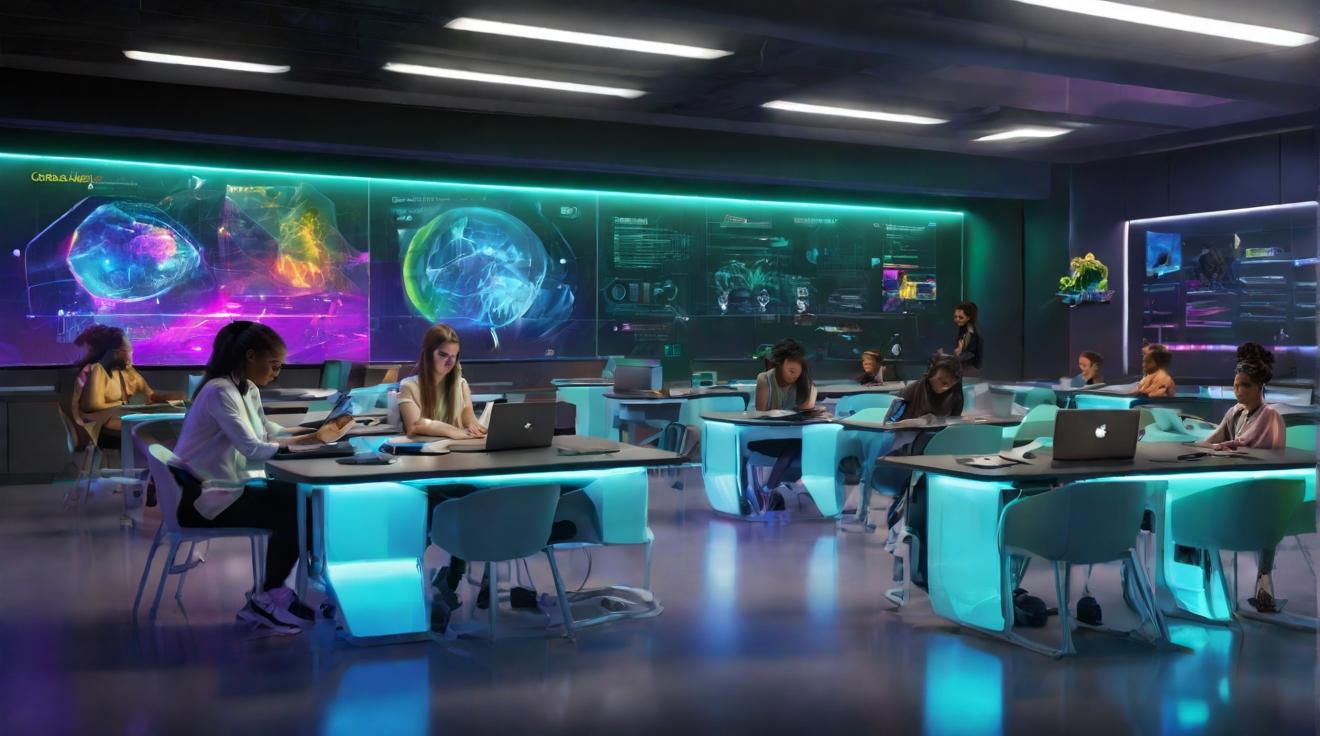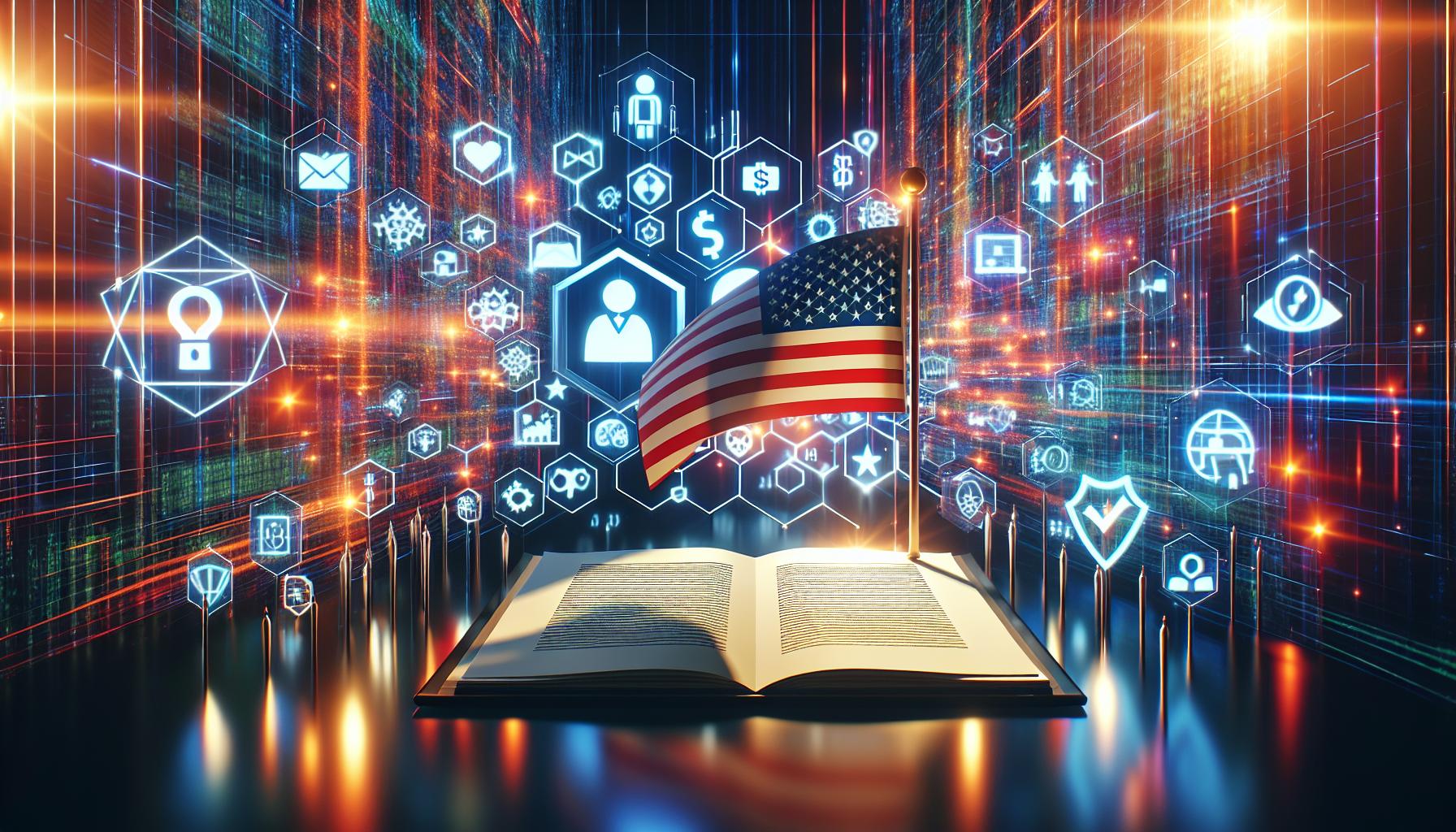ICE Secures Contract for Surveillance-Equipped Vehicles
U.S. Immigration and Customs Enforcement (ICE) awarded an $825,000 contract in May 2025 to Maryland-based TechOps Specialty Vehicles (TOSV) for vehicles outfitted with advanced surveillance technology, including cell-site simulators. This contract supplements a previous $818,000 agreement signed in September 2024, indicating an ongoing procurement relationship predating the current administration.Understanding Cell-Site Simulators
Cell-site simulators—commonly referred to as “stingrays” or IMSI catchers—are devices that mimic legitimate cellphone towers. By tricking nearby mobile devices into connecting, these tools enable law enforcement to precisely locate phones and their users in real time. Some models can also intercept calls, text messages, and internet traffic. While traditional cellphone towers provide approximate location data, cell-site simulators offer enhanced accuracy, making them a powerful tool for tracking suspects.Privacy and Legal Implications
The use of cell-site simulators by law enforcement has been controversial due to concerns over privacy and civil liberties. These devices often capture data from all phones within range, potentially ensnaring innocent individuals. Additionally, law enforcement agencies have historically operated under strict non-disclosure agreements, limiting transparency about their deployment and use.Documents obtained by advocacy groups reveal ICE deployed cell-site simulators hundreds of times between 2013 and 2019, highlighting the agency’s extensive reliance on this surveillance technology.
Contents
ICE Secures Contract for Surveillance-Equipped VehiclesUnderstanding Cell-Site SimulatorsPrivacy and Legal ImplicationsTechOps Specialty Vehicles: Surveillance Integration ExpertsKnown Deployment and Usage by ICEBroader Context of Surveillance Technologies in Immigration EnforcementFinOracleAI — Market View
TechOps Specialty Vehicles: Surveillance Integration Experts
TechOps Specialty Vehicles specializes in designing and customizing vehicles for law enforcement applications. Their product range includes mobile forensic labs, command vans, SWAT response units, and covert surveillance vehicles. According to company president Jon Brianas, TechOps integrates cell-site simulators into their vehicle designs but does not manufacture the electronic components themselves. The source of these simulators remains confidential due to trade secret protections.Known Deployment and Usage by ICE
Recent revelations include a 2025 search warrant showing ICE’s use of a cell-site simulator to track a suspected gang member subject to deportation. However, ICE has declined to comment on the specifics of its use of these vehicles, including whether warrants are always obtained prior to deployment. The agency’s silence on operational details fuels concerns among privacy advocates regarding potential overreach and the impact on civil liberties.Broader Context of Surveillance Technologies in Immigration Enforcement
ICE’s procurement of surveillance-equipped vehicles aligns with a broader trend of expanding technological capabilities in immigration enforcement. These tools enhance ICE’s ability to monitor and apprehend individuals but raise complex questions about oversight, accountability, and privacy rights.FinOracleAI — Market View
The recent ICE contract with TechOps Specialty Vehicles underscores the growing integration of advanced surveillance technologies in law enforcement fleets. Cell-site simulators provide tactical advantages in locating and tracking individuals but also intensify public scrutiny over privacy and legal compliance.- Opportunities: Enhanced operational capabilities for law enforcement; improved precision in suspect tracking; potential deterrence of criminal activity.
- Risks: Heightened privacy concerns; potential for misuse or overreach; legal challenges related to warrantless surveillance; reputational risks for suppliers and agencies.













